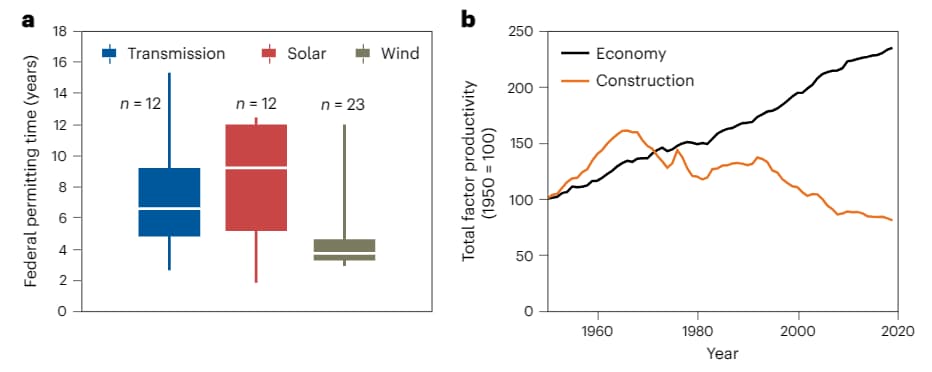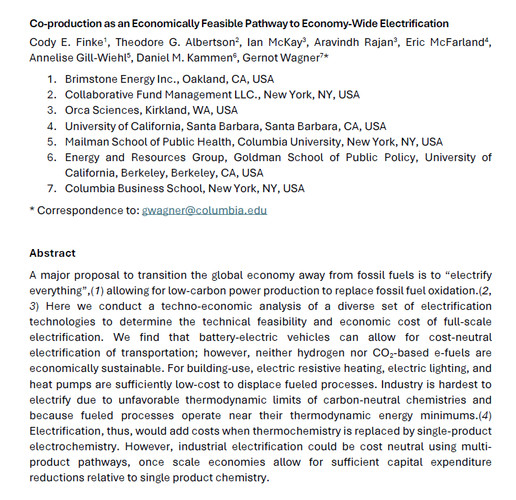Supply, demand and polarization challenges facing US climate policies
by Matthew G. Burgess, Leaf Van Boven, Gernot Wagner, Gabrielle Wong-Parodi et al

The United States recently passed major federal laws supporting the energy transition, and analyses suggest that their successful implementation could reduce US emissions more than 40% below 2005 levels by 2030. However, achieving maximal emissions reductions would require frictionless supply and demand responses to the laws’ incentives and implementation that avoids polarization and efforts to repeal or undercut them. In this Perspective, we discuss some of these supply, demand and polarization challenges. We highlight insights from social science research, and identify open questions needing answers, regarding how to address these challenges. The stakes are high. The success of these new laws could catalyse virtuous cycles in the energy transition; their failure could breed cynicism about major government spending on climate change.
Full text: "Supply, demand and polarization challenges facing US climate policies" (Full free PDF)


